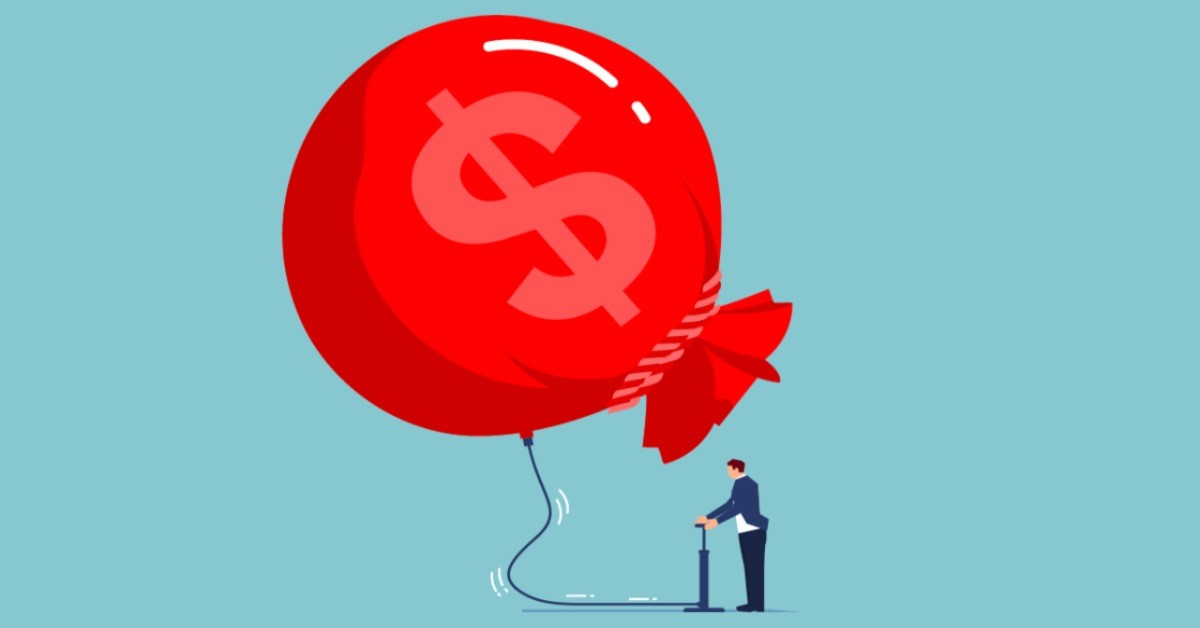Chinese producer inflation hit the 17-months low
Today's market focus is on inflation numbers. Earlier today Chinese inflation numbers have published, and now it is the US turn.
Chinese consumer and producer price indicators for July, both were less than market expectations, even though the CPI raised a bit.
Consumer inflation (CPI) rose 2.7% on the annual scale, up from 2.5% of year ago, but still less than markets' 2.9% expectation. The producer price index on other hand falls to a 17-months low at 4.2%, down from 6.1% in June and 4.8% of market expectation.
These numbers more than anything, show the impact of COVID-related lockdown measures. Recently implemented quarantines affected industrial and factory production. However, the consumer price increase to its highest level since late 2020 can confirm the development in some elements of the Chinese economy. The recently published Purchasing Manager Index also shows that the service sector, in line with consumer spending increasing to support the country's economy. China has implemented protective measures recently to reduce the Covid-19 lockdowns negative effect. As a reaction, the Shanghai index lost 0.4%, and USDCNH rose to 6.75.
Later today, market participants will focus on the key US July consumer inflation numbers. The market expects 0.3% raise on the monthly scale, far lower than the previous month of 1.3%. For the annual rate, the market also expects the data to decline moderately to 8.7%, down from 9.1% in June. US inflation final numbers with Thursday's producer inflation numbers will further verify whether US inflation has peaked, and the pace of the Fed's monetary policy may also change with the results.
Last week's employment numbers show that wage growth rose 5.7% annually in the second quarter, which is the fastest pace since records began in 2001. Excessive wage growth could continue to fuel upside risks to inflation in the near term. On the other hand, the New York Fed survey shows that the US median consumer inflation expectations for the next one and three years fell to 6.2% (previously 6.8%) and 3.2% (previously 3.6%), respectively.
And finally, despite the gas price increase in Europe, Oil and Gas prices in the US have been decreasing, and it can reduce the inflation pressure as well.
Lower inflation means that FED would not be that much aggressive in its rate hike policies. The latest comment from FED chair Powell, and other FOMC members shows that they believe that reducing the economic growth pace can slow down the demand and price raise, and end up with lower inflation. Fewer concerns about inflation will put pressure on the US dollar and can lift the stock markets. On the flip side, if investors and market participants feel that they must still worry about inflation numbers, then, the current downtrend can continue to the lower levels in the US leading indices.
And finally, we should not forget that even if inflation falls under market expectations at 8.7%, it is still very high and at astronomical levels. On the other hand, Fed watch shows that the market has a 67.5 probability of the Fed raising interest rates by 75 basis points, down from 68% of the previous day but still up from 41% of the previous week.


















